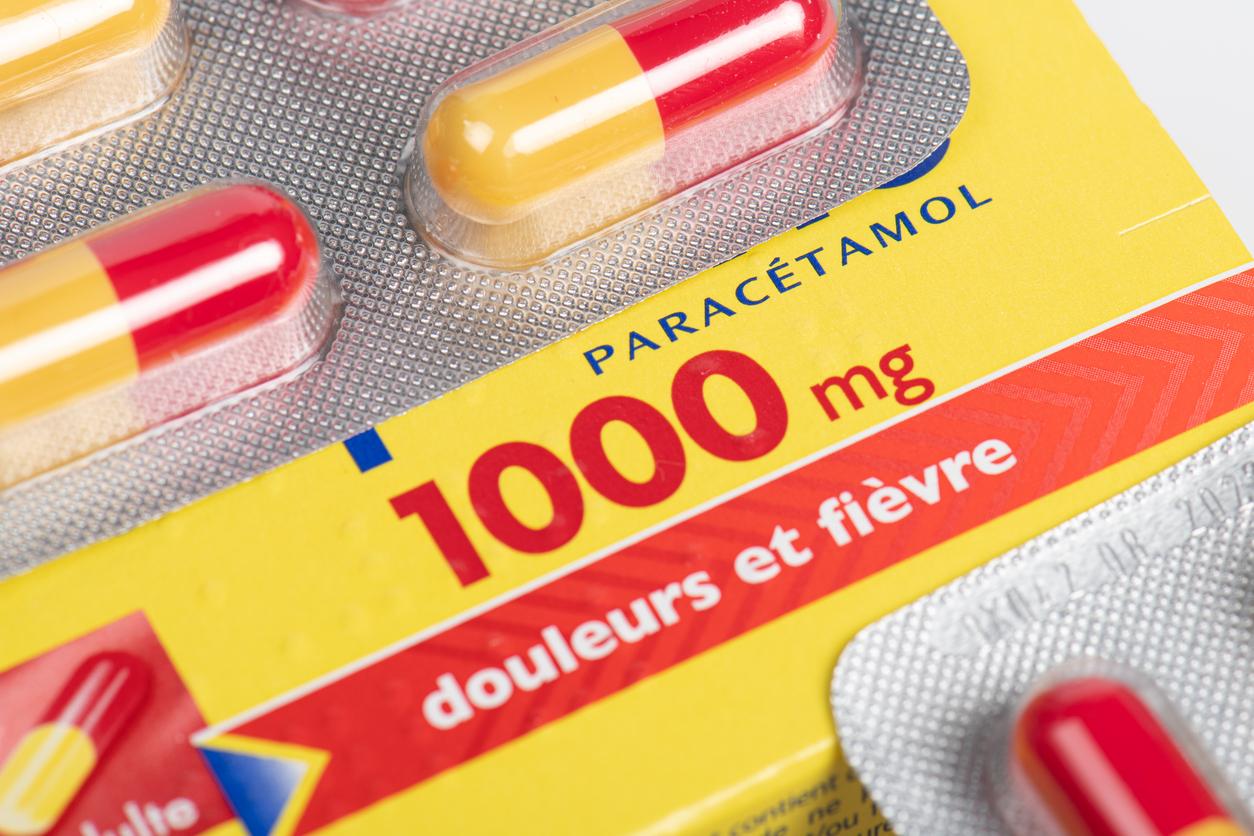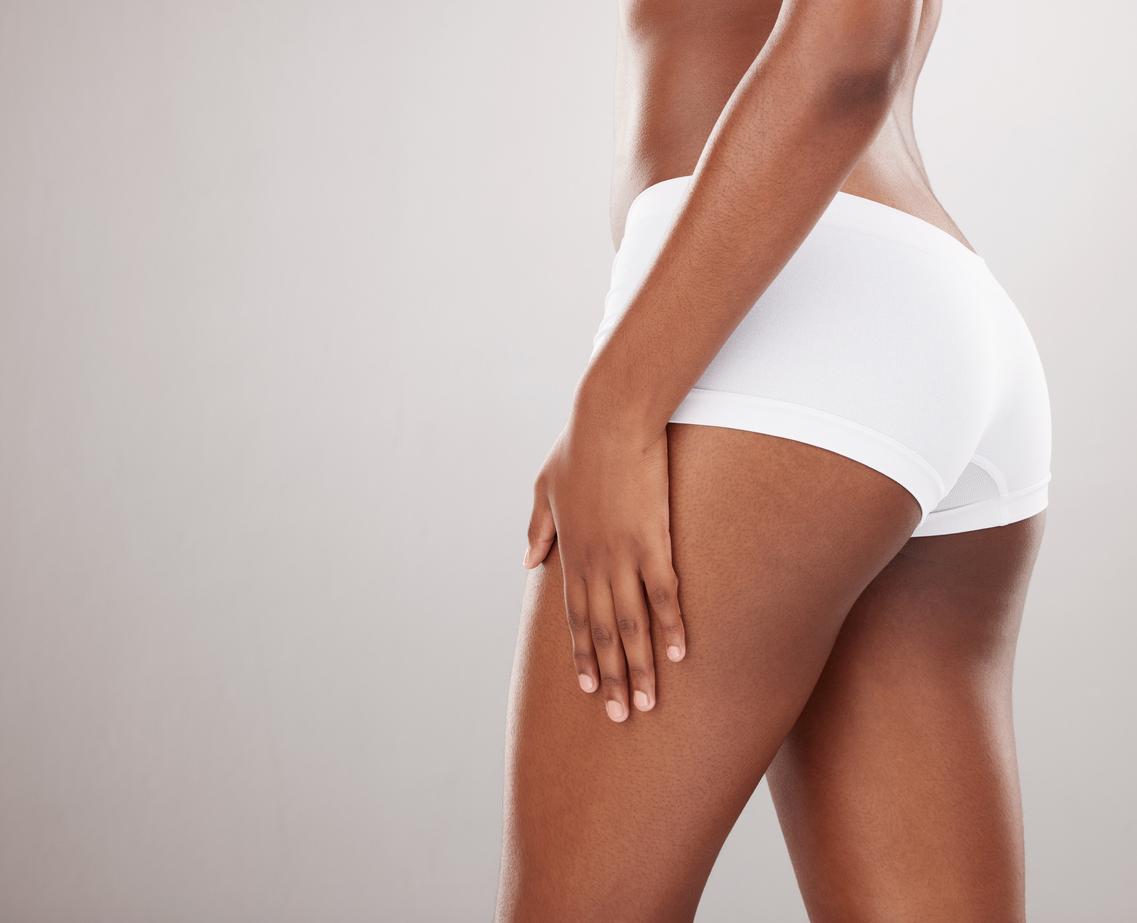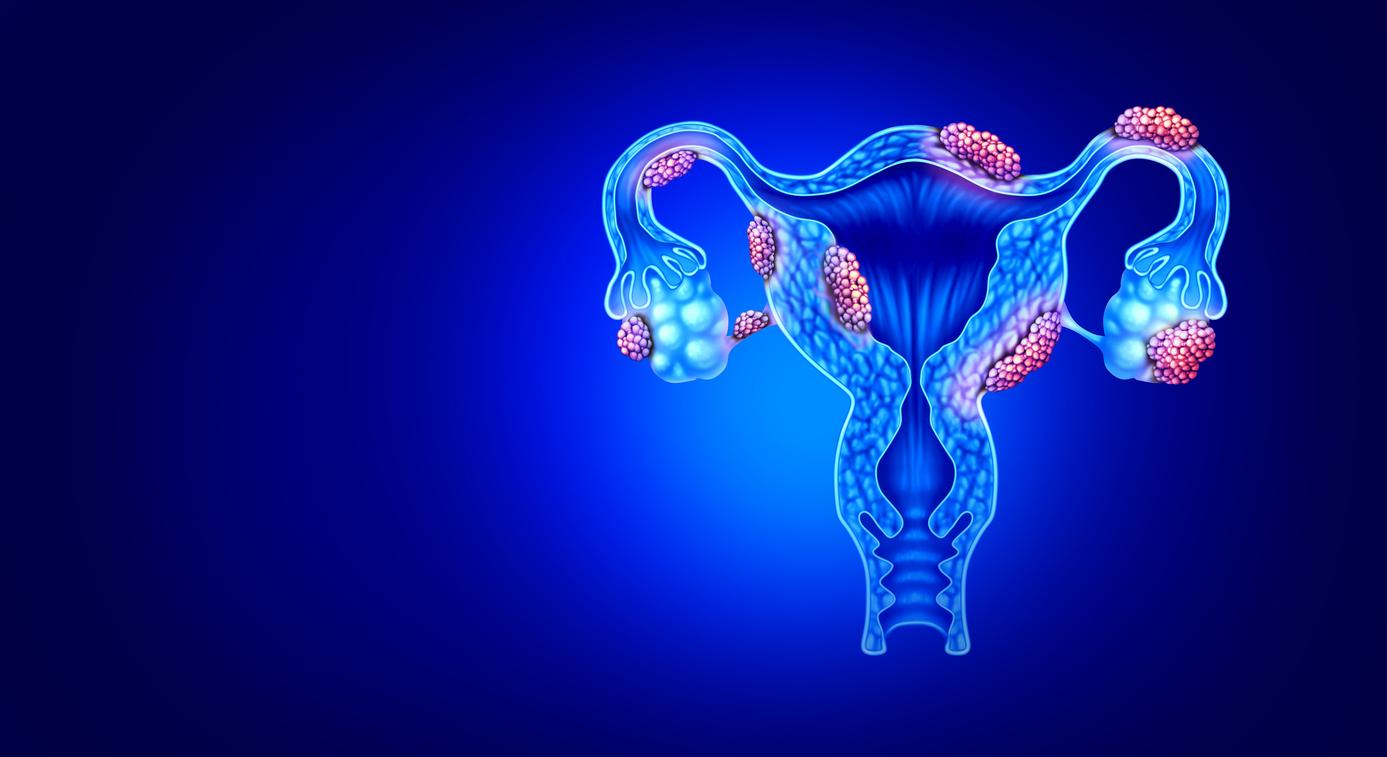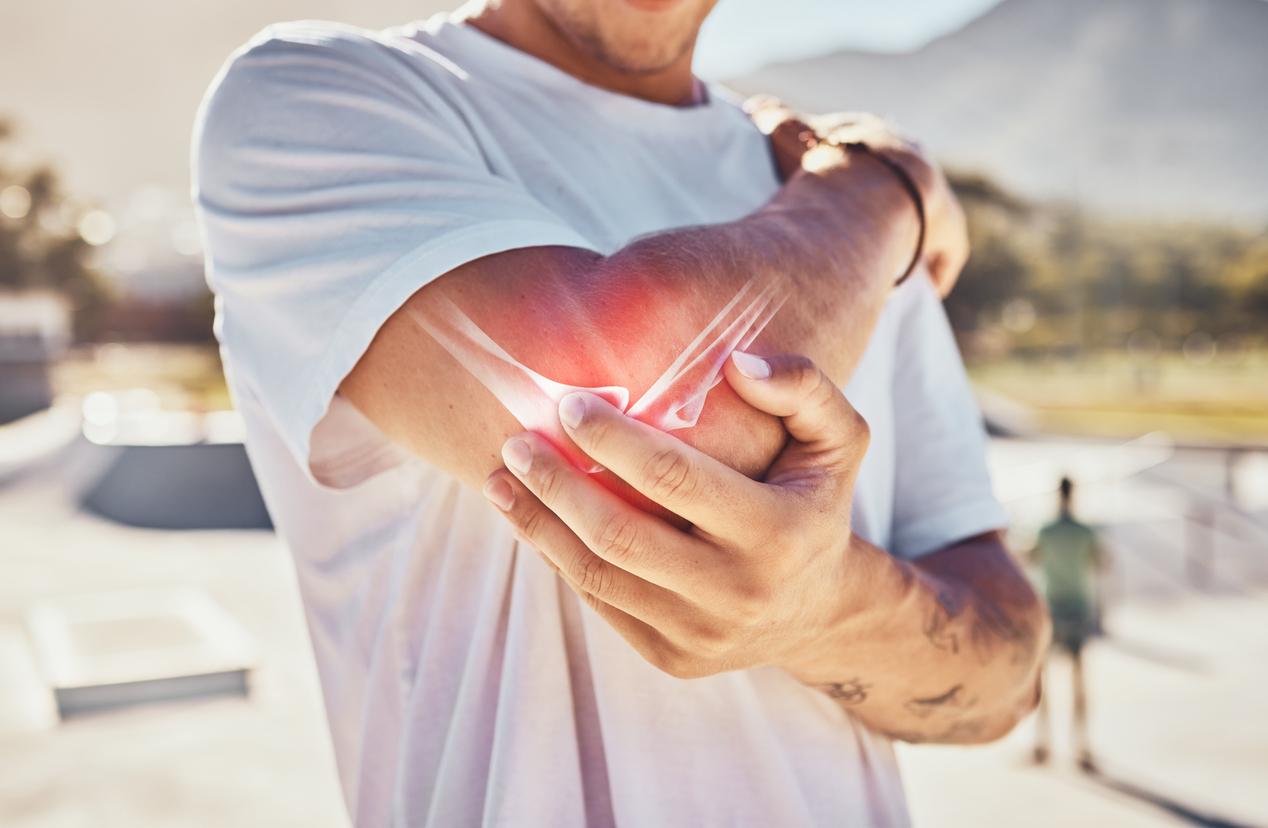Simplified rehabilitation, achievable in general medicine and at home, is effective in anterior knee pain related to patellofemoral syndrome and osteoarthritis, those that we have when we go up or down stairs, or even in a prolonged sitting position.

Simplified rehabilitation, combining passive joint mobilization to realign the position of the patella and self-exercise isometric muscle strengthening of the thigh muscles to keep it in place, can reduce anterior knee pain from patellofemoral osteoarthritis and improve function. and the quality of life of people with patellofemoral knee osteoarthritis.
A randomized trial in general medicine
As part of a test In a randomized clinical trial, 208 people suffering from patellofemoral osteoarthritis of the knee and recruited from a general medical consultation were randomly selected between a simplified knee rehabilitation treatment group and a control group (waiting list).
At 24 weeks, patients in the simplified rehabilitation group had a significantly greater improvement in pain score than those in the control group (difference of -15.6 in favor of the simplified rehabilitation group (p<0.001).
Simplified rehabilitation
In the intervention group, doctors passively mobilized the patellofemoral joint (the joint between the patella and the femur) once every 2 months during three 5-minute sessions. Mobilization was performed on patients placed in a lateral position with the knee slightly flexed to allow recentering of the patella by vertical gravitational sliding.
Doctors have also prescribed 5-minute self-exercise sessions at home, twice a day. These consisted of the isometric contraction (without articular displacement) of the muscles of the thigh (vastus medialis oblique).
They also regularly monitored the patients to make sure they were performing the exercises correctly. The waiting list group received patella rehabilitation only after the trial period.
A technique applicable in real life
The treatment of anterior knee pain related to knee osteoarthritis of the patellofemoral type, i.e. of the joint between the patella in front and the femur behind, is essentially based on rehabilitation, possibly after a analgesic and anti-inflammatory treatment. This treatment also works in the osteoarthritis phase. It is based on refocusing the patella in the articular groove of the femur (trochlea) and stabilizing this patella to avoid micro-movements and micro-traumas causing damage to the joint.
Unlike conventional mobilization rehabilitation which involves several treatment sessions, and at a close frequency, this simplified technique can easily be performed in primary care. The approximate time needed for GPs to learn to perform this patella mobilization rehabilitation is approximately one hour. Patient compliance is high in this study, suggesting that it is an acceptable home treatment option for sufferers.
The technique is therefore effective compared to no treatment (waiting list). The next steps will consist in comparing this simplified rehabilitation to other types of rehabilitation in order to confirm its advantages and facilitate its deployment in real practice. Indeed, it is general practitioners who most often see anterior pain in the knee due to patellofemoral syndrome and it is important that rehabilitation be deployed as quickly and as widely as possible for patients. There is always time to prescribe more sophisticated rehabilitation later with a physiotherapist if this first technique does not work.

.















